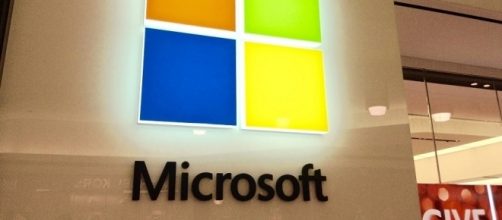Microsoft issued a statement in response to the allegations Russian cyber security organization Kaspersky made against the Redmon- based company. Kaspersky filled a compliant with the EU requesting an antitrust investigation on the process Microsoft uses to deal with third-party antivirus’ in its own Windows operating system.
Rob Lefferts, Partner Director of the Windows & Devices Group from the Security & Enterprise division, stated that Windows Defender, the company’s own antivirus system, is one of the top protective solutions in the market and has over 99 percent rates in detection.
Lefferts role is to primarily defend the Windows 10 antivirus solution, as well as explain how the tech company works in tandem with other security vendors to ensure that its OS also works well with third-party solutions.
Microsoft defends its own antivirus solution
Lefferts shared that Microsoft’s Windows Defender just does its job and looks out for threats that can harm its clients. He pointed that the company is currently partnering with almost 80 independent software merchants as a part of the MVI program or Microsoft Virus Initiative. This program makes it feasible for independent antivirus vendors to prepare their programs before the release of the new Windows OS to avoid any compatibility issues that one may encounter.
Additionally, Microsoft also explained that third-party antivirus companies could also evaluate the compatibility between their solutions and the new Windows versions courtesy the Insider Program. This initiative involves the participation of millions of users all over the world who send feedback if they encounter any problem about antivirus solutions from third-party apps.
Microsoft says 95 percent antivirus solutions compatible with Creators Update
Kaspersky has accused Microsoft of disabling its antivirus solution when the operating system is updated. The firm referred to the Windows 10 Creators Update, which was released on April 11, 2017. However, Microsoft has denied such claims and stated that almost all Windows 10-run systems – 95 percent – getting the Creators Update were enabled with antivirus solutions that were compatible with the update.
An executive from Microsoft though shared that the small percentage of antivirus applications, which are not compatible with the Windows OS will have to be re-installed once the system is updated. The user will have to install the latest version of the antivirus application albeit by temporarily disabling some parts of the AV software to ensure a smooth installation. Lefferts stresses on how Microsoft is continuously working with antivirus developers to make sure that no compatibility issues arise, or is experienced by its users.


